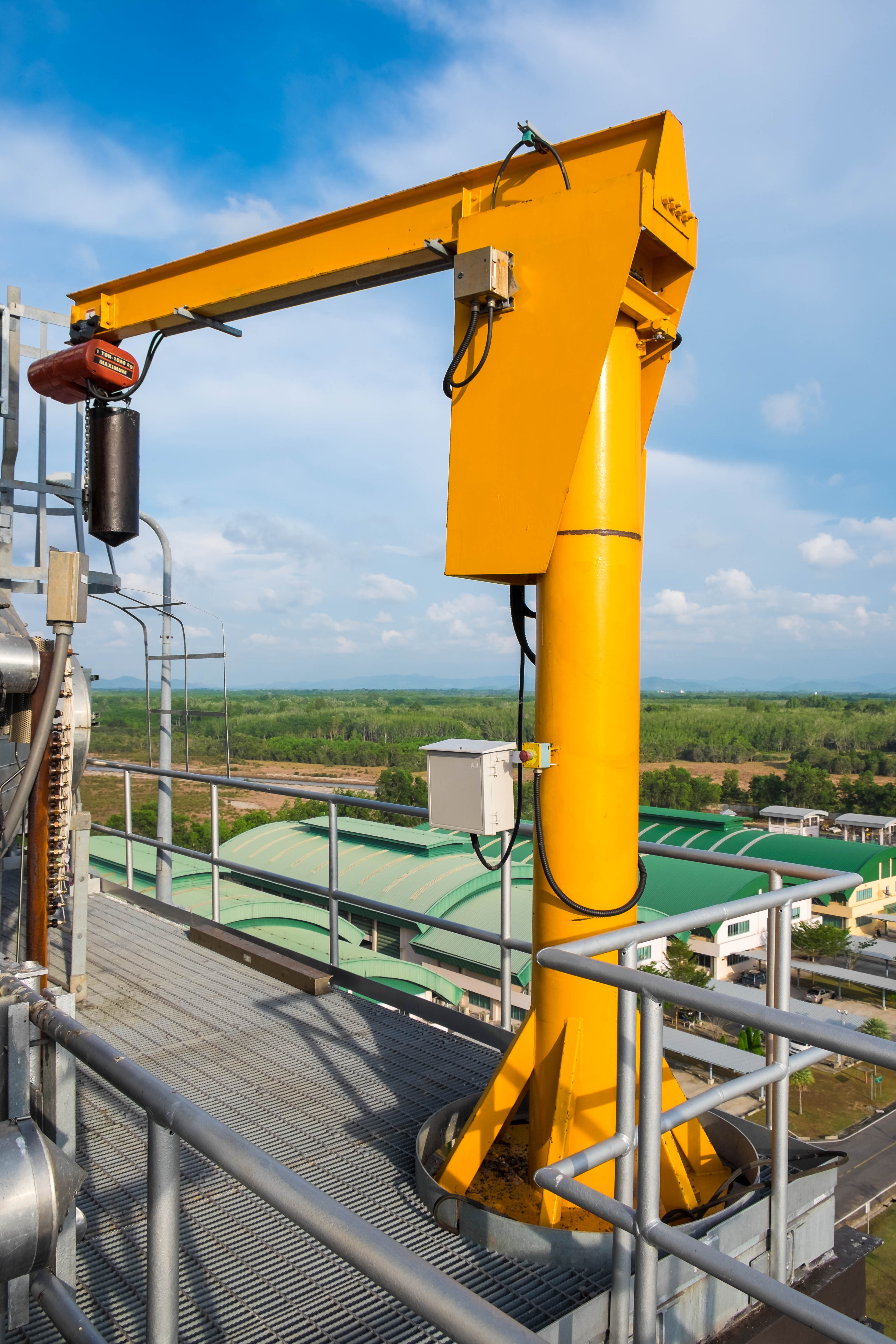15 Essential Features of Jib Cranes Every Canadian Business Should Know
15 Essential Features of Jib Cranes Every Canadian Business Should Know
When it comes to lifting, moving, and increasing workplace efficiency, jib cranes have become a staple in many Canadian industries—from manufacturing and marine to construction and warehousing. Compact, versatile, and cost-effective, jib cranes deliver the support Canadian businesses need in today’s competitive landscape.
But not all jib cranes are created equal.
In this blog, we break down 15 essential features of jib cranes that matter most—especially in Canadian conditions. Whether you're planning to invest in a new lifting solution or want to upgrade your current one, this guide will help you make an informed decision.
Why Are Jib Cranes So Popular in Canada?
Canada’s vast geography and diverse industry sectors—mining in the Prairies, shipbuilding on the coasts, aerospace in Quebec, and forestry in B.C.—all require specialized material handling solutions. According to StatCan, the Canadian manufacturing sector alone contributes over $200 billion to the GDP annually, and safe, efficient lifting is a major contributor to that output.
Jib cranes offer compact, localized lifting capabilities that work exceptionally well in indoor and outdoor environments—perfect for the temperature extremes and space limitations faced by many Canadian companies.
15 Essential Features of Jib Cranes
1. Load Capacity
A jib crane’s load capacity typically ranges from 125 kg to 5,000 kg (0.125 to 5 metric tonnes). It’s crucial to choose a model that fits your lifting needs to avoid overloading and equipment failure.
2. Slewing Range
Most jib cranes offer rotation between 180° and 360°, giving operators flexibility to position loads accurately. This is vital in tight or confined Canadian workspaces like repair garages and marine docks.
3. Boom Length
Boom lengths vary from 2 to 10 meters, depending on your operational footprint. Shorter booms are ideal for compact indoor facilities, while longer booms are better for expansive warehouses or outdoor yards.
4. Mounting Options
You can choose between floor-mounted, wall-mounted, or pillar-mounted jib cranes depending on your facility layout and structural support. Floor-mounted options are especially popular in Ontario's industrial corridors.
5. Motorized or Manual Rotation
Motorized slewing can increase productivity in high-use environments, such as Alberta’s oilfield equipment yards, while manual rotation is cost-effective for lighter, occasional lifts.
6. Adjustable Height
Height-adjustable jibs are perfect for handling different load sizes and for multi-use workspaces. This adaptability supports lean manufacturing principles used widely across Canadian industries.
7. Weather Resistance
Canadian winters are no joke. Outdoor jib cranes must be galvanized, powder-coated, or made from stainless steel to resist snow, salt, and rain—especially in coastal regions like Atlantic Canada.
8. Ease of Installation
Quick-install bases, bolt-down systems, and customizable options reduce installation time and cost—critical for SMEs looking to minimize downtime.
9. Swing Stops and Rotation Limits
Rotation limiters prevent collisions with walls, racking, or other machinery. This safety feature is especially useful in crowded factory environments.
10. Trolley Compatibility
Trolleys allow loads to move horizontally along the boom. This feature enhances productivity in facilities like Halifax shipyards and Vancouver’s logistics hubs.
11. Ergonomic Handling
Canadian OH&S regulations prioritize worker safety. Look for features like low-friction bearings, ergonomic handles, and smooth hoist controls to minimize strain and improve workplace wellness.
12. Versatility
Jib cranes can be fitted with electric chain hoists, vacuum lifters, or magnet lifters, making them perfect for handling everything from steel plates in Saskatchewan to wooden beams in rural Quebec.
13. Low Maintenance
Many models offer sealed bearings and lubrication-free pivots. In remote locations (like Yukon mining camps), this is a lifesaver for reducing downtime and service calls.
14. CSA & ANSI Compliance
Ensure your jib crane is CSA Z150 and ANSI B30.11 compliant to meet Canadian regulatory standards—important for legal liability and insurance.
15. Customizability
Custom-length booms, specialized hoists, adjustable mounting bases—Canadian industries need flexibility, and the best jib crane manufacturers deliver it.
Why Choose Hercules Crane & Lifting Supplies?
At Hercules, we understand Canadian industries—because we’re proudly Canadian too.
With over 45 years of experience serving industries across the country, we supply jib cranes and custom lifting solutions built for rugged environments, tight timelines, and demanding safety standards.
Here’s what sets us apart:
Coast-to-Coast Service: From Halifax to Vancouver, we’ve got Canada covered.
CSA-Certified Experts: Our team understands the compliance and safety standards that matter in Canada.
Custom Solutions: We don’t just sell equipment—we solve problems.
In-House Engineering: Need a custom crane build for a special application? We’ll make it happen.
Let’s Get Lifting
If you're ready to increase productivity, improve safety, and reduce manual strain, then a Hercules jib crane is the right move for your business.
Contact us today for a consultation or request a quote directly through our website.
——————————————————————————————————————————————
The Hercules Group of Companies encompasses a wide portfolio of products and services across multiple, diverse companies.


